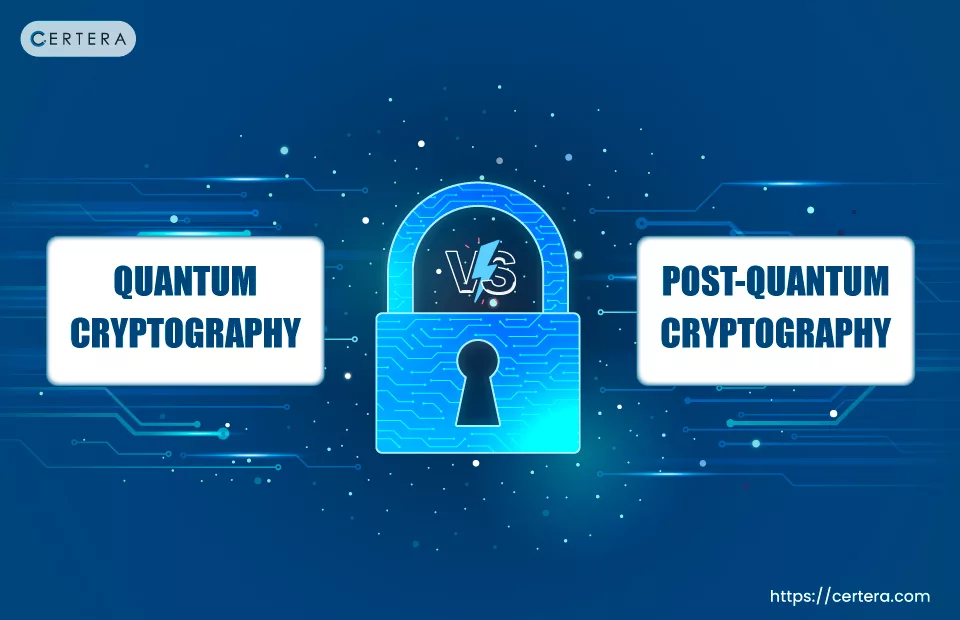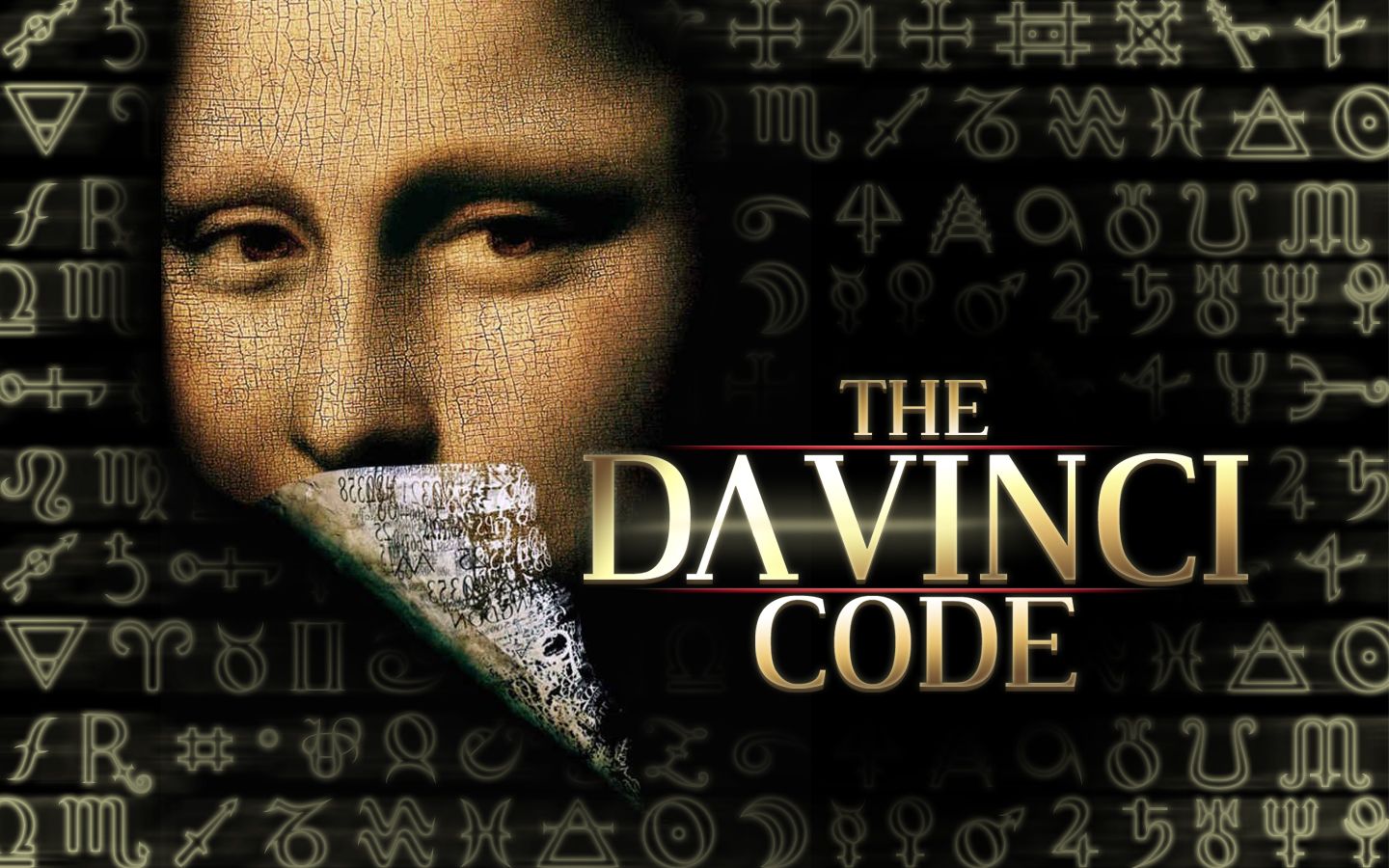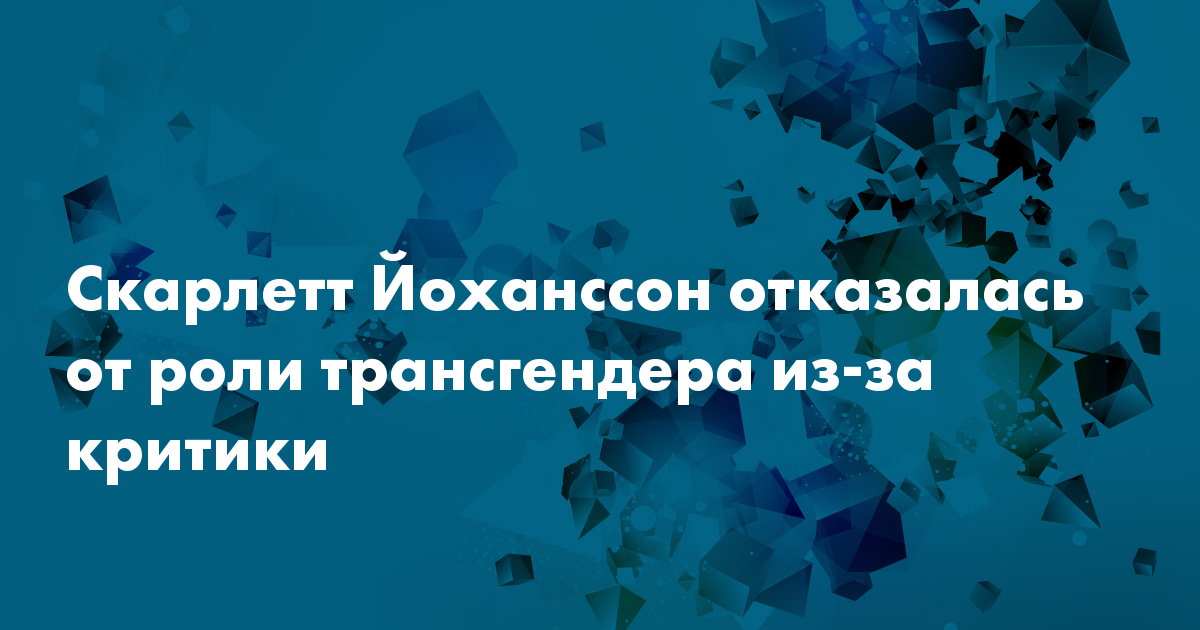Post-Quantum Cryptography: Timelines, Standards, And The Path To A Billion-Dollar Market

Table of Contents
Understanding the Quantum Threat to Current Encryption
Current encryption standards, such as RSA and Elliptic Curve Cryptography (ECC), rely on mathematical problems difficult for classical computers to solve. However, the advent of quantum computers, specifically Shor's algorithm, changes this equation dramatically. Shor's algorithm efficiently solves these problems, rendering current public-key cryptography vulnerable. This poses a significant threat to various sectors relying on secure data transmission and storage. The urgency of transitioning to PQC cannot be overstated.
- Industries most at risk:
- Finance: Protecting financial transactions and sensitive customer data.
- Healthcare: Safeguarding patient medical records and privacy.
- Government: Securing national infrastructure and classified information.
- Technology: Protecting software licenses, digital identities, and communication.
Timelines for Post-Quantum Cryptography Adoption
The National Institute of Standards and Technology (NIST) is leading the global effort in standardizing post-quantum cryptographic algorithms. Their standardization process is a multi-stage evaluation, aiming to select algorithms resistant to attacks from both classical and quantum computers. While precise timelines are difficult to predict, the anticipated migration and implementation across various sectors will be a phased process, likely spanning several years. Challenges include updating legacy systems, integrating new algorithms, and addressing potential compatibility issues.
- Key milestones and timelines: NIST has announced several algorithms for standardization, with implementation expected to begin in the coming years. However, complete global adoption and migration are projected to take considerably longer. Potential roadblocks include resource constraints, technological complexities, and the need for widespread education and training.
The Standardization Landscape of Post-Quantum Cryptography
NIST's rigorous PQC standardization process involves a comprehensive evaluation of various cryptographic algorithms based on different mathematical problems. These include:
- Lattice-based cryptography: Relies on the hardness of lattice problems.
- Code-based cryptography: Based on the difficulty of decoding linear codes.
- Multivariate cryptography: Uses the complexity of solving multivariate polynomial equations.
- Hash-based cryptography: Employs cryptographic hash functions.
- Isogeny-based cryptography: Leverages the properties of isogenies between elliptic curves.
Standardization ensures interoperability and promotes widespread adoption, mitigating the risk of fragmentation and security vulnerabilities. The selected algorithms represent a balance of security, performance, and implementation practicality.
- Standardized algorithms: NIST has selected several algorithms for standardization, offering different strengths and weaknesses tailored to various applications. Further candidates are also under consideration.
The Billion-Dollar Market Opportunity in Post-Quantum Cryptography
The market for post-quantum cryptography solutions is expected to experience significant growth in the coming years. Driven by the increasing threat of quantum computing and the growing need for robust cybersecurity measures, this burgeoning market attracts significant investment from both public and private sectors. Major technology companies, cybersecurity firms, and research institutions are actively developing and implementing PQC solutions.
- Market size forecasts: Industry analysts predict substantial growth, with forecasts pointing towards a multi-billion dollar market in the near future.
- Key players: Prominent companies and research institutions are driving innovation and market adoption.
- Investment opportunities: The sector offers significant opportunities for investors interested in cybersecurity and emerging technologies.
- Emerging applications: PQC is finding applications in various sectors, including cloud computing, IoT security, and blockchain technology.
Practical Implementation and Challenges of Post-Quantum Cryptography
Implementing PQC presents several challenges:
- Key management: Managing and protecting post-quantum cryptographic keys requires robust and secure systems.
- Compatibility: Integrating PQC into existing systems necessitates careful planning and may require significant changes to infrastructure.
- Performance: Some PQC algorithms may have higher computational overheads compared to their classical counterparts.
Robust migration strategies and appropriate tools are essential for a smooth transition. Organizations should adopt best practices for secure implementation and integration, including rigorous testing and security audits.
- Key implementation challenges: Overcoming these challenges requires expertise in cryptography, system design, and security management.
- Mitigation strategies: Proactive planning, thorough testing, and careful integration are vital for successful implementation.
- Best practices: Employing established security protocols, continuous monitoring, and rigorous testing are critical for secure operation.
Conclusion: Preparing for the Post-Quantum Era with Post-Quantum Cryptography
The threat of quantum computers to current encryption is real and demands immediate attention. The standardization of post-quantum cryptography by NIST is a crucial step towards securing our digital future. The significant market opportunity underlines the importance of investing in and implementing PQC solutions. Transitioning to PQC is no longer a matter of "if" but "when." Delaying adoption increases vulnerability to future quantum attacks. Learn more about PQC, invest in robust solutions, and begin implementing PQC into your systems today. Secure your future in a post-quantum world. For more information on post-quantum cryptography implementation and standards, refer to NIST's website and other reputable cybersecurity resources.

Featured Posts
-
 Liga Spiel In Hannover Stimmung Drohungen Und Derby Atmosphaere
May 13, 2025
Liga Spiel In Hannover Stimmung Drohungen Und Derby Atmosphaere
May 13, 2025 -
 The Da Vinci Code A Critical Analysis Of Plot Characters And Themes
May 13, 2025
The Da Vinci Code A Critical Analysis Of Plot Characters And Themes
May 13, 2025 -
 Serie A Atalanta Bologna Fecha 32 Sigue El Partido En Vivo
May 13, 2025
Serie A Atalanta Bologna Fecha 32 Sigue El Partido En Vivo
May 13, 2025 -
 Yokhansson Otkazalas Ot Selfi Prichiny Postupka Zvezdy
May 13, 2025
Yokhansson Otkazalas Ot Selfi Prichiny Postupka Zvezdy
May 13, 2025 -
 Sin Goles Atalanta Y Venezia Empatan En Un Partido Tenso
May 13, 2025
Sin Goles Atalanta Y Venezia Empatan En Un Partido Tenso
May 13, 2025
